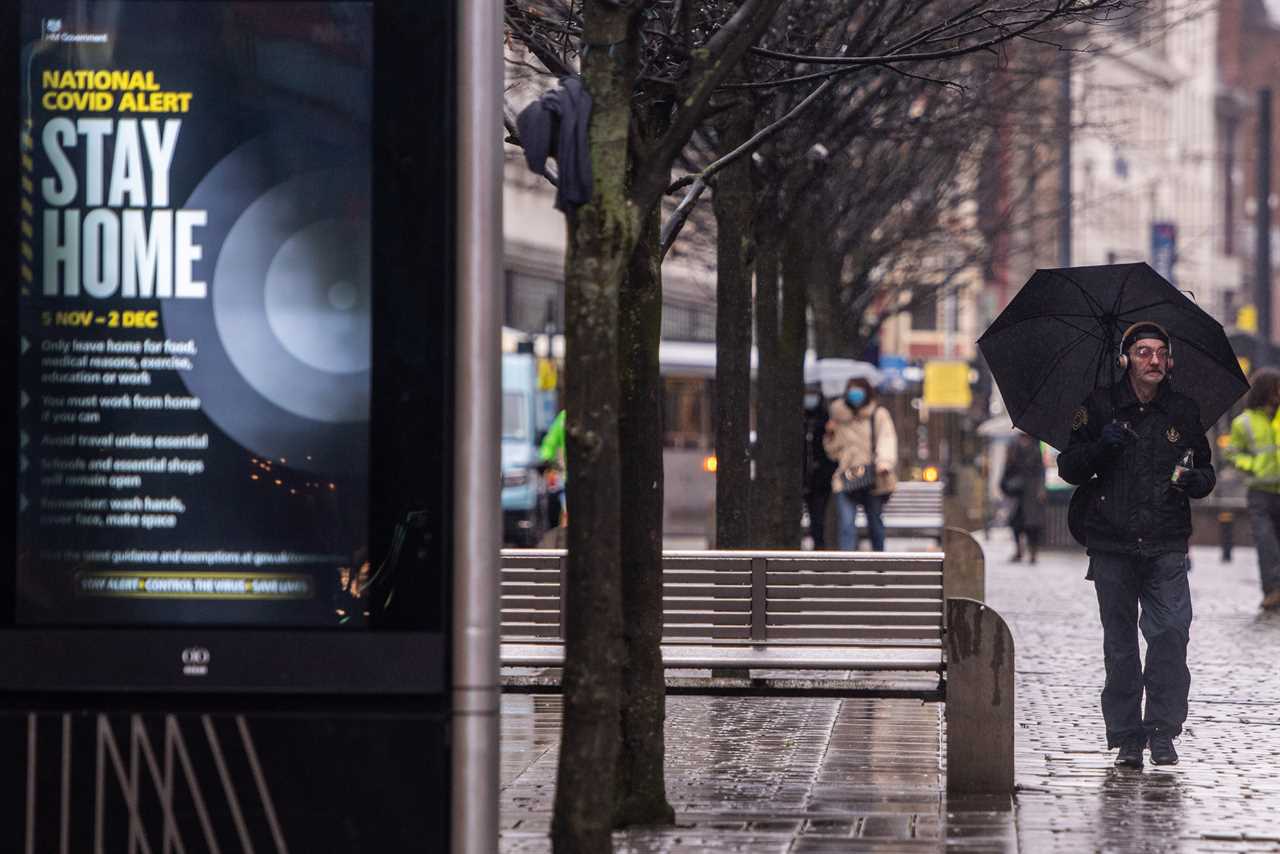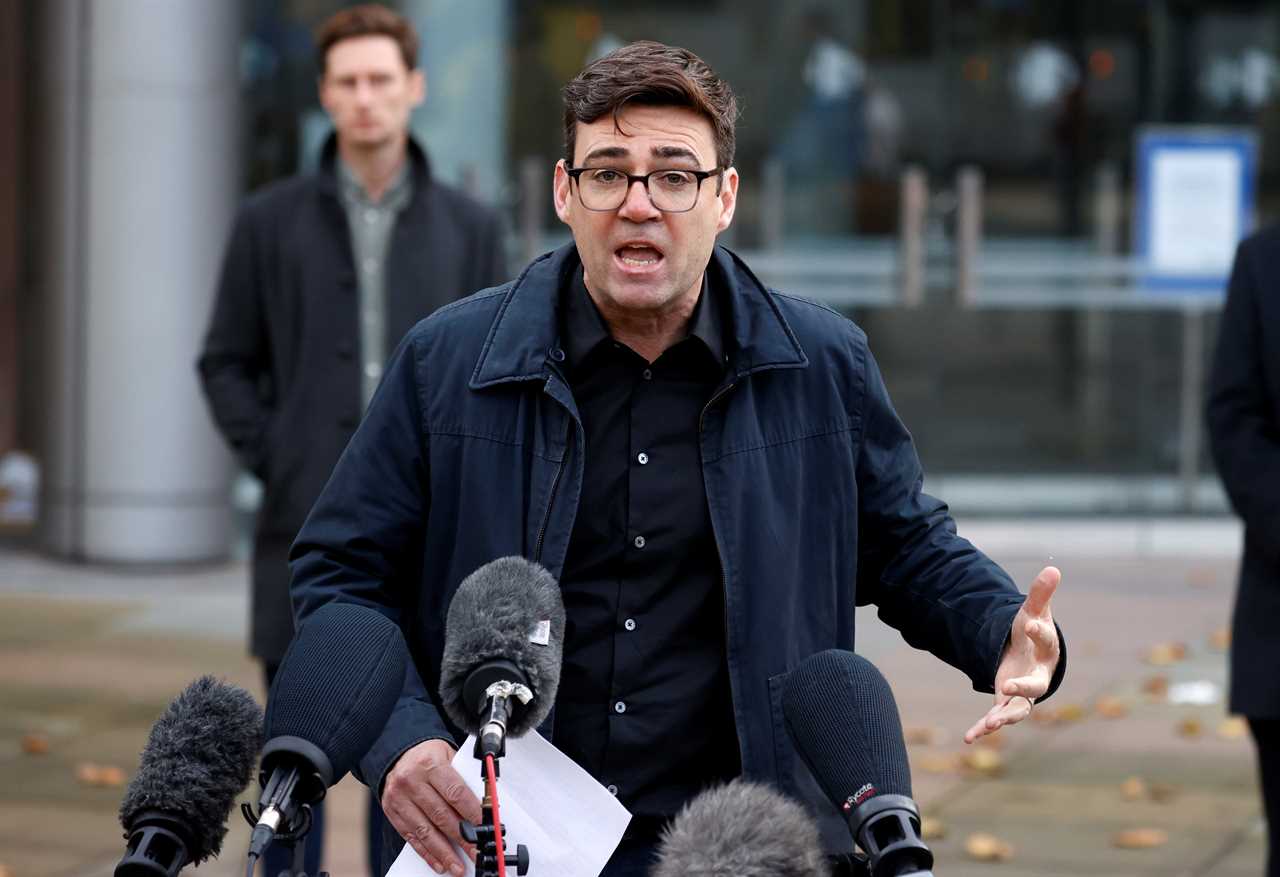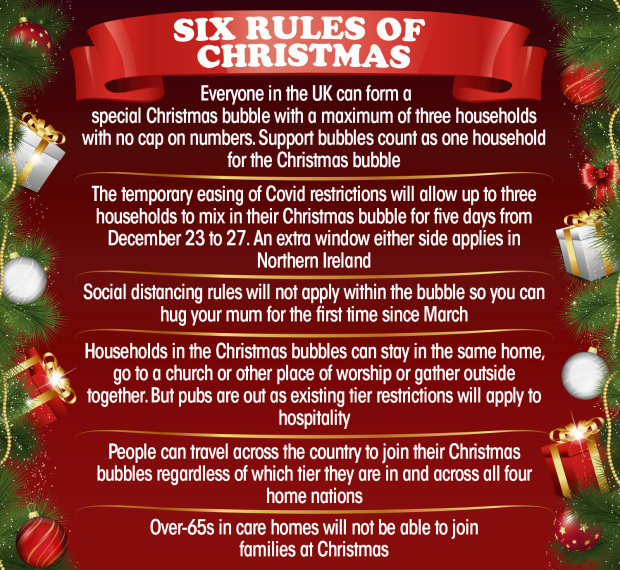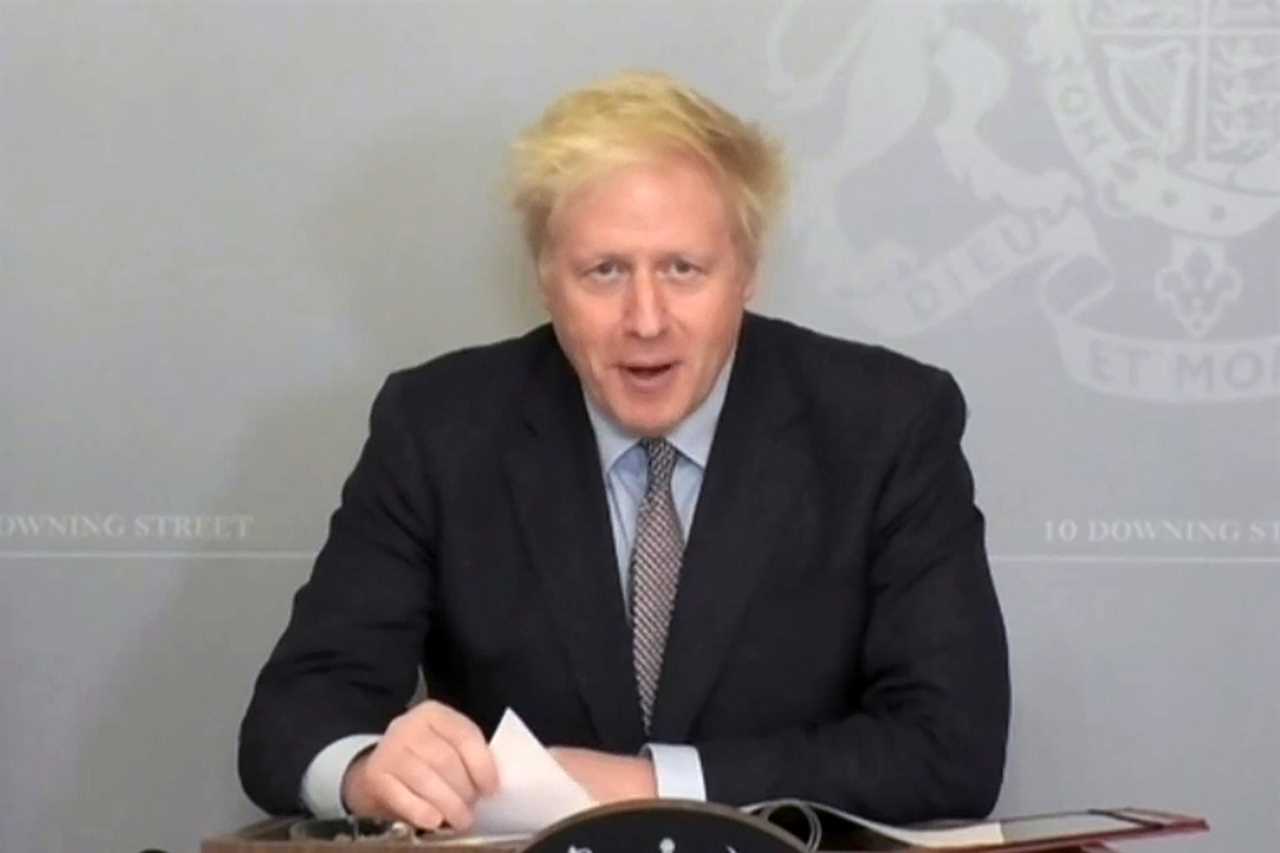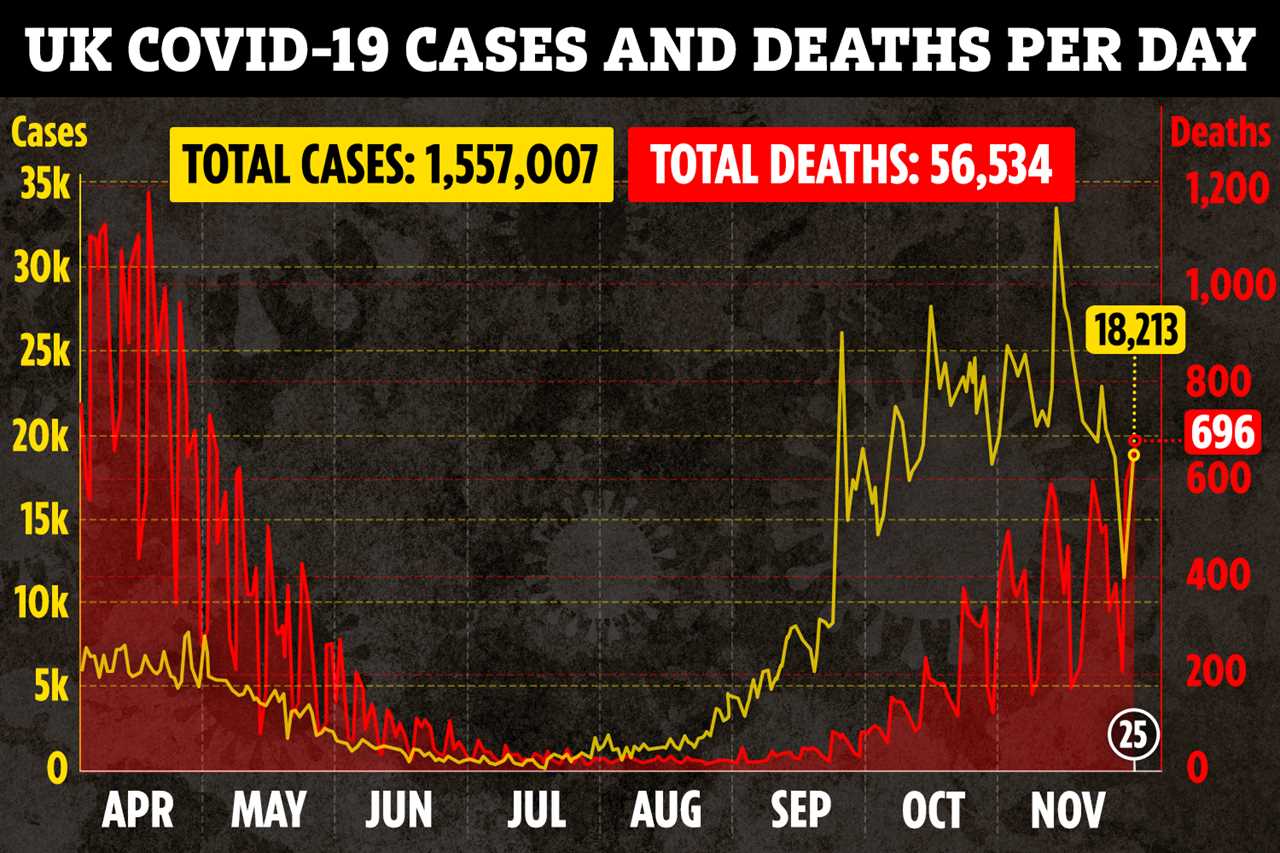LONDON and Liverpool will go into Tier 2 next week and Manchester, Birmingham and Newcastle into Tier 3, it has been confirmed today.
There are 31 in the highest level, 38 areas in the middle Tier 2, and just three parts of England will be under the lowest level of restrictions.
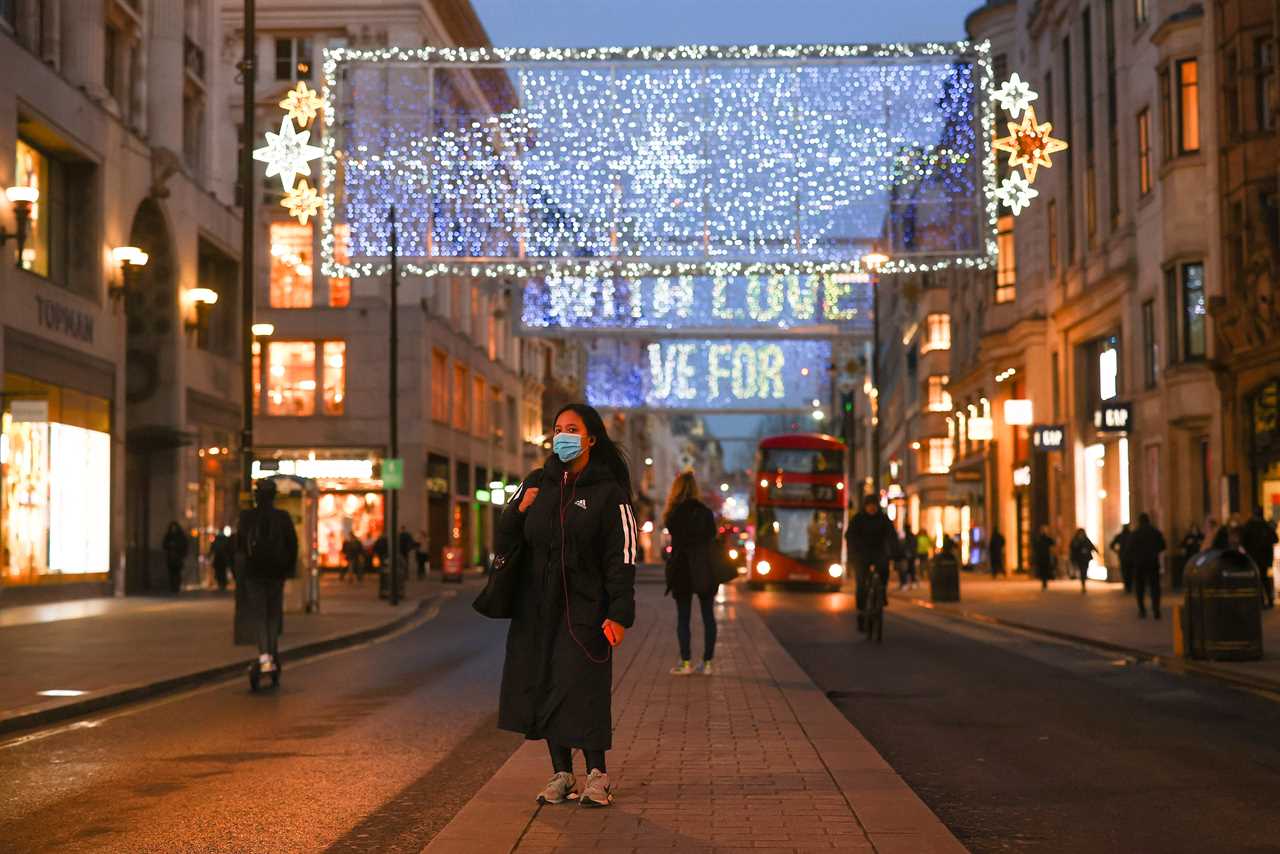
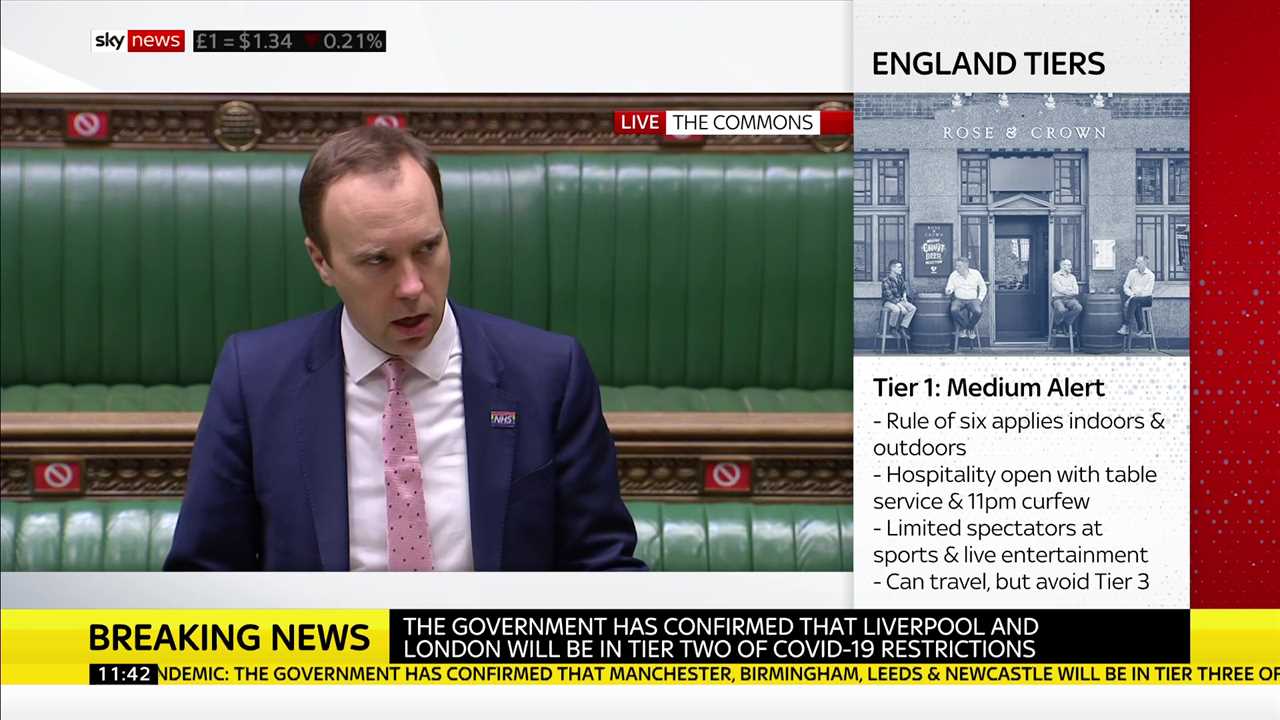
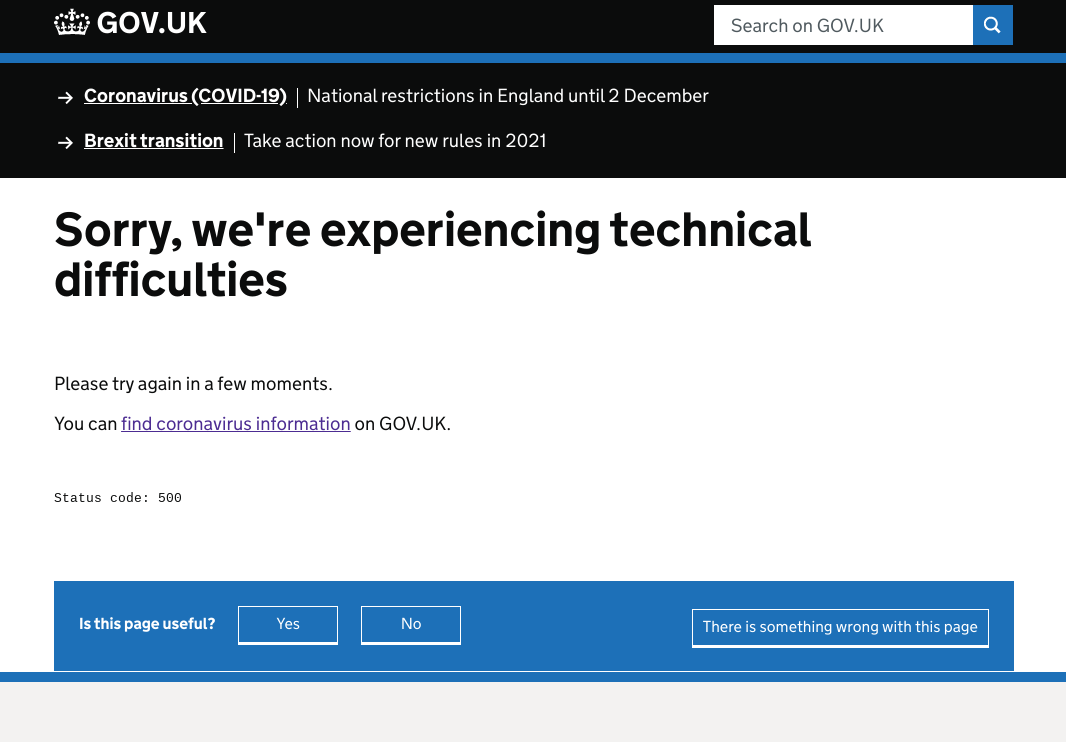
More than 99 per cent of the country will be in the top two tiers – and just the Isle of Wight, Cornwall and the Isles of Scilly in the lowers Tier 1 – a total of 700,000 people.
Some 32 million people in England – just over 56 per cent of the population – will be in Tier 2, and nearly 42 per cent (23 million people) in Tier 3.
The Government’s postcode checker crashed this morning as thousands of people tried to see what their new tiers would be.
Matt Hancock unveiled the new tiers this morning in the House of Commons – confirming the ‘stay at home’ order will end, and shops, gyms and personal care will reopen.
Mr Hancock said this morning: “We cannot simply flick a switch and try to return to life straight back to normal.
“If we did this we would undo the hard work of so many and see the NHS overwhelmed.”
The Rule of Six and 10pm curfew will return, too.
The new toughened up lockdown tiers are due to come into effect next Wednesday, when England’s month-long national lockdown ends.
Tier 2 allow pubs and restaurants to remain open, but they must serve a substantial meal and different households can only mix outside.
The news comes as:
- Boris Johnson will give a press conference at 5pm
- The new system is expected to be in place until the spring – with a limited relaxing of rules at Christmas
- Ministers tried to reassure concerned MPs last night restrictions could be eased in time for Christmas when tiers are reviewed after two weeks – on December 16
- These are all the first football matches which will take place when fans come back in stadiums next week
- Manchester United will be banned from fan return in Tier 3 but Arsenal and Chelsea can have 2,000 in next week for first time in 9 months
- The number of people testing positive for Covid-19 in England has fallen week on week for the first time since the summer
Liverpool is being hailed as a success story after mass testing by the Army helped bring infection rates down to 162 per 100,000 people from 700 five weeks ago.
It will go down from Tier 3 into Tier 2 and provide a model for others to get out of the top tier too.
Mr Hancock heaped praise on the city, saying they showed “impressive leadership” locally.
He added: “This shows what we can do when we work together.”
Areas in Tier 3 will get access to new rapid-result tests for everyone which give tests in under an hour, a strategy which has seen Liverpool’s cases drop drastically.
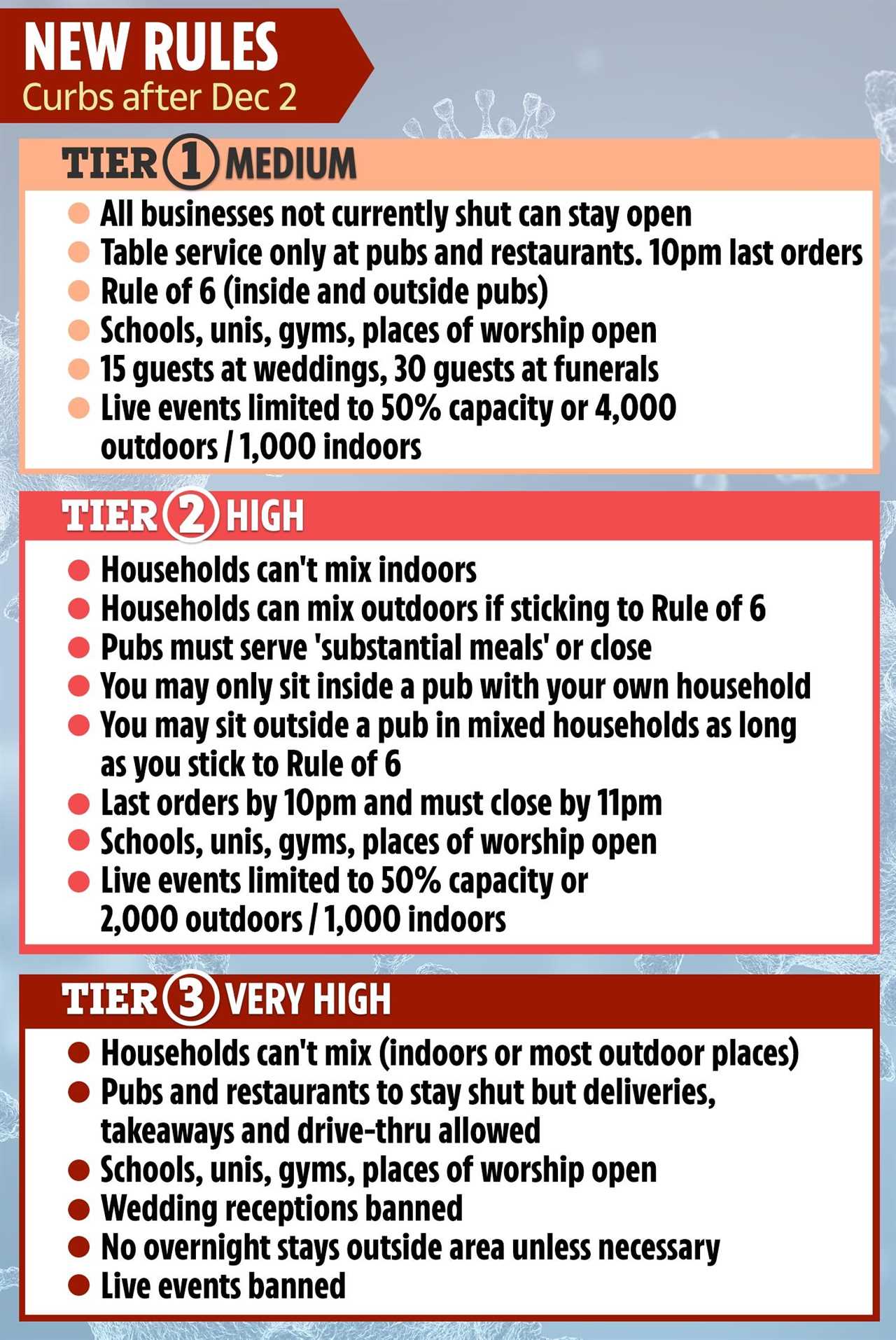
It appears the threshold for an area going into Tier 3 is a combination of a higher pressure on the NHS, alongside a rate of more than 200 cases per 100,000 for the over 60s.
The Government said Manchester’s rate, although it had improved, was still too high. Weekly cases for those over 60 are still 260 per 100,000, and there is still pressure on the main city hospitals.
The Mayor Andy Burnham said he was “not surprised” the region would be placed into Tier 3, but said he would be making the “strongest possible arguments” for it to be moved down to Tier 2 in a fortnight if good progress continues.
All areas in Tier 3 – including South Yorkshire, the Humber, West Yorkshire, Leicestershire and Derbyshire – are seeing high pressures on the NHS and rates of over 200 cases per 100,000.
ECONOMIC HIT
Ministers tried to reassure concerned MPs last night restrictions could be eased in time for Christmas when tiers are reviewed after two weeks – on December 16.
Hospitality bosses warned three quarters of pubs, restaurants and cafes could go bust if the capital isn’t placed into the lowest tier.
MPs have demanded a cost-benefit analsysis of the Tiers system – and a clear strategy for how to get out of it.
The newly tougher Tier 3 means pubs, restaurants and cafes have to shut – along with indoor entertainment.
People can’t mix between households, either.
Boris Johnson has already admitted that more places will have to go into the top tier after the lockdown ends next week.

